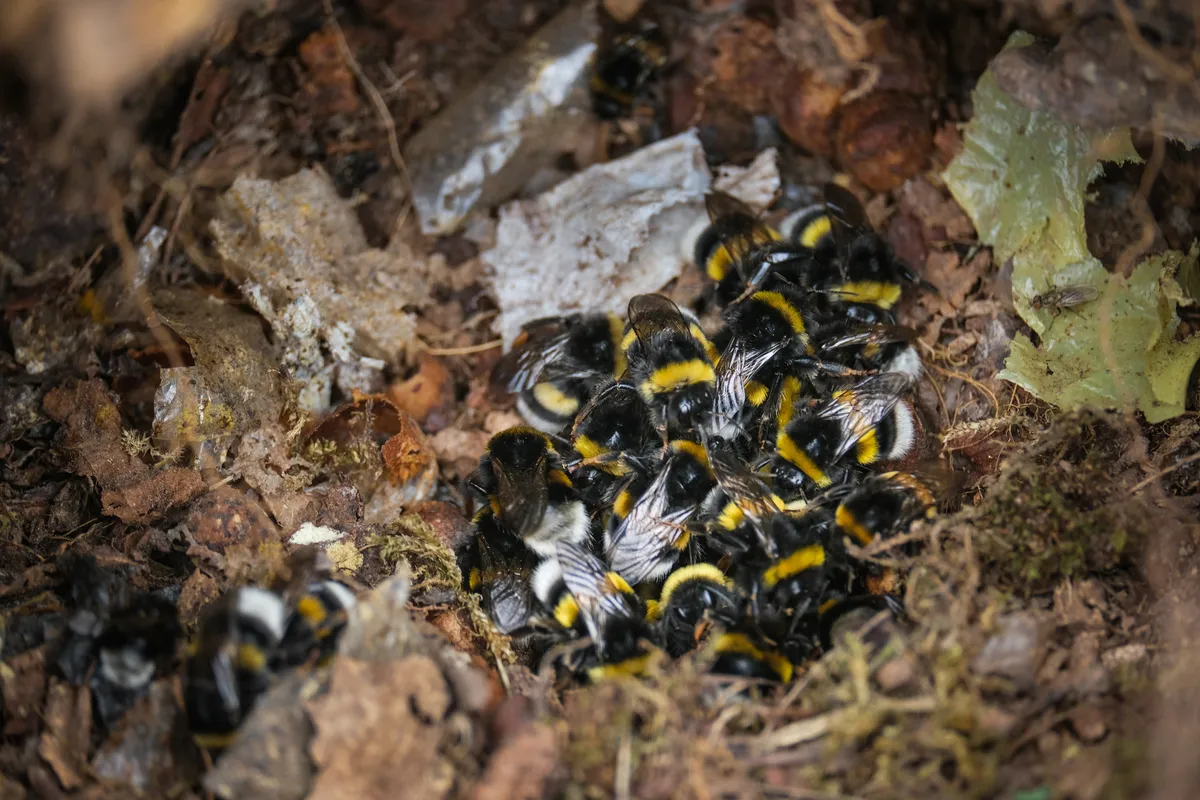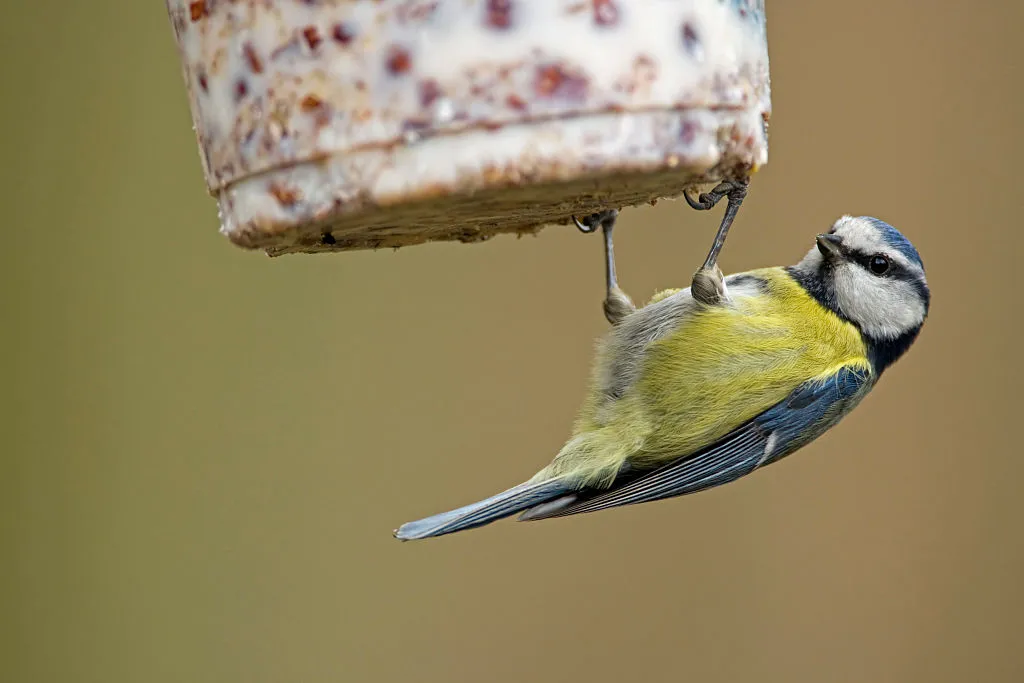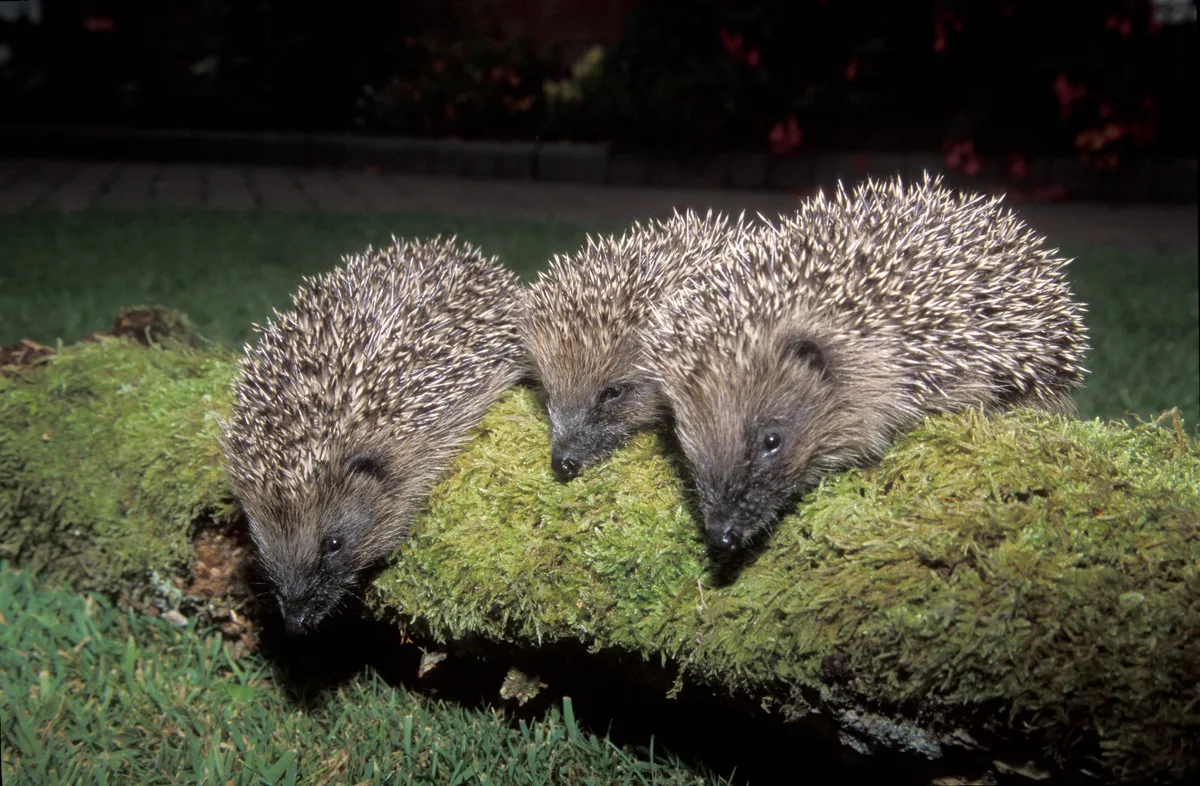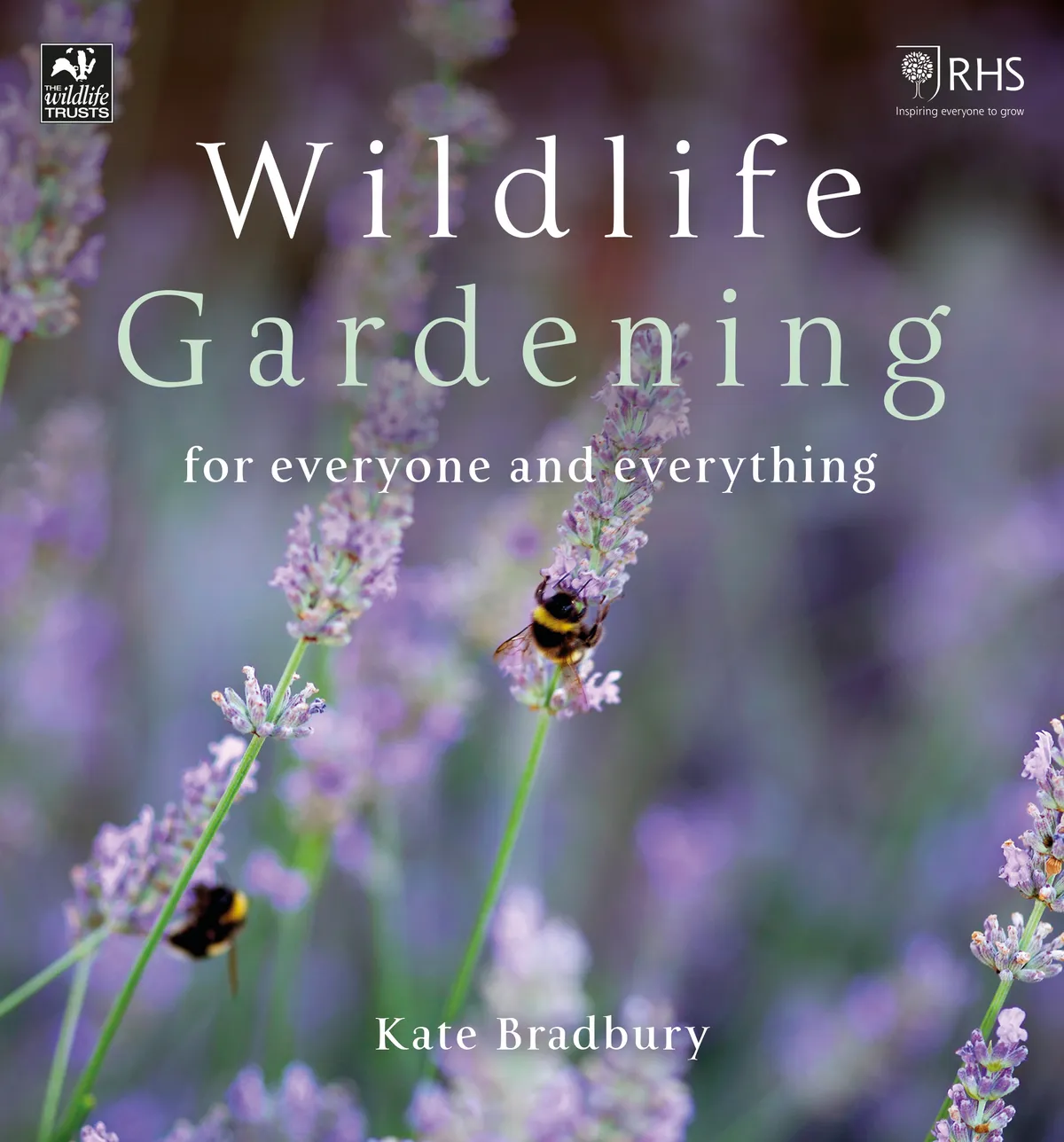Why garden for wildlife?
I’ve always gardened and the natural world is just an extension of gardening, for me. My love affair with bumblebees started with a nest made in an old duvet, which I wrote about in the book. Everything else has (and does) come after them.

We’re losing so much wildlife from the wider countryside, thanks to use of pesticides and habitat loss. Our gardens take up more space than all of our nature reserves put together. If we all gardened with wildlife in mind, we could help reduce, or even reverse, many declines of much-loved species. I can’t stress enough the importance of growing a few native plants, particularly trees and shrubs.
What if you don’t have much space?
You can still grow nectar- and pollen-rich plants for bees and other pollinators, caterpillar food plants for moths and everything that eats them, and you can still erect a bird feeder and bird bath.
I attracted greenfinches, blue tits, ladybirds and lacewings to my city-centre balcony on the sixth floor of a block of flats – it’s amazing what you can achieve just by growing a few plants. You might not attract hedgehogs, amphibians and reptiles but anything that can fly will quickly find the space you have created.

Do we have to sacrifice ‘neat and tidy’ gardens to attract more wildlife?
All gardens attract wildlife to some degree, but so-called ‘messier’ gardens do attract more species. Letting a patch of grass grow long is one of the best things you can do for wildlife – if you think it’s too messy, why not cut it into a shape or let it grow long around a tree, and make a feature of it?
What does wildlife gardening mean to you?
I grew up in the suburbs and have always lived in cities. My gardens have been paved or decked, sliced in two, stripped of life. Wildlife gardening is about restoring habitats that others have taken away. It’s about creating a little oasis of green in a desert of cement. And, hopefully, it’s about making a home for species to live.
How does nature help us cope in tough times?
Being in the garden and among wildlife is a constant reminder that life goes on around you no matter what else is going on. When my mum was ill in hospital, the sparrows were still bathing in the pond and the red mason bees were still nesting in the bee hotel.
Why did you write The Bumblebee Flies Anyway?
I wanted to do some nature writing and tell a story. I had no idea my mum’s ill health would play such a dramatic part in the book – I had planned to write about all the wildlife that came into the garden after I’d created it. Which I did as well, of course.
What is your top wildlife gardening tip?
View your garden as part of a wider habitat and allow wildlife to live without borders – if you have fences and walls, make holes beneath them or in them. Animals need access to your garden in order to feed and breed.

Chat to your neighbours and cut holes in the fence, if you need to. Create corridors where wildlife can travel between gardens, so they’ll never need to use the road again.
If you could have any species in your garden, what would it be?
Why, that would be the nightingale. Sadly, only in my dreams, for now...
Read an extract from Kate Bradbury's book on how to go pond dipping from her How to Create a Wildlife Pond book, and a step-by-step guide on how to make a bee hotel from her Wildlife Gardening: for everyone and everything book.

- Buy now from Amazon, Bookshop, Hive, Waterstones